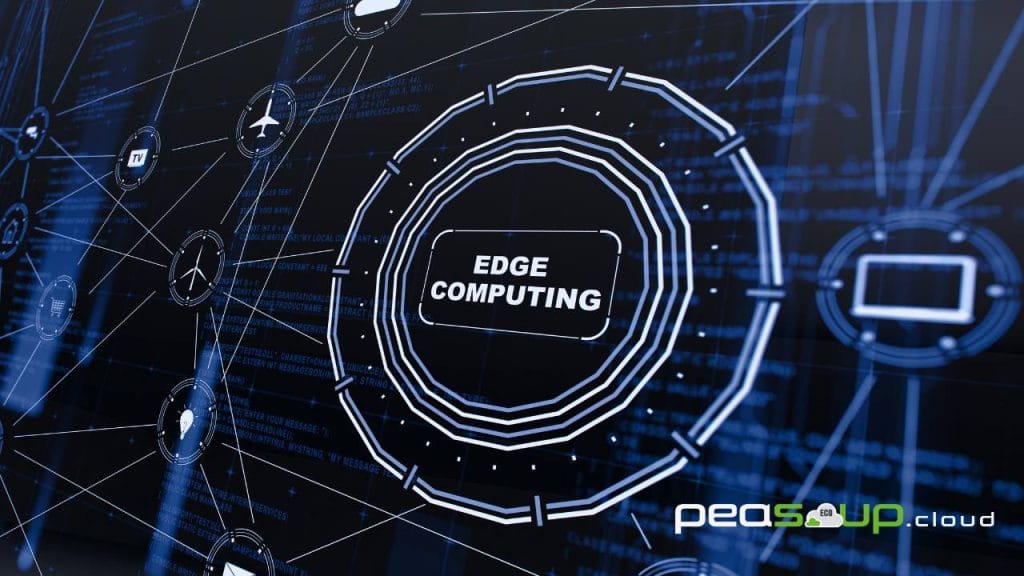Why Edge Computing Matters for Climate Goals
Edge computing brings data processing closer to its source, reducing reliance on massive centralised data centres and enabling more efficient, low-carbon digital infrastructure. By enabling local analytics and real-time control, a decentralised computing architecture supports climate goals through reduced emissions, smarter energy use and improved data sovereignty. When combined with innovations such as liquid immersion cooling, which drastically cuts cooling energy use and extends hardware longevity, the sustainability benefits become even more substantial.
As society grapples with the twin imperatives of managing ever-growing data flows and meeting ambitious climate targets, decentralising IT infrastructure via edge computing has emerged as a crucial lever. In this context, moving computing power from large, centralised facilities to distributed “edge” nodes—closer to the point where data is created—is not only a performance optimisation but also a pathway to decarbonising our digital backbone. Technologies like immersion cooling strengthen this transition by making compact, high-density edge units more energy-efficient and easier to operate in diverse environments.
By definition, edge computing places processing and storage near data sources—sensors, devices, gateways—rather than routing everything through remote clouds. This shift reduces the distance data needs to travel, lowering bandwidth use, latency, and the energy consumed by transmissions and centralised processing. Multiple analyses indicate that decentralising data processing reduces network traffic and overall power draw, while immersion-cooled edge hardware can operate with significantly lower cooling overhead, avoiding the fan and air-handling systems that typically dominate energy consumption.
From a climate perspective, this is transformative. Traditional large-scale data centres are increasingly scrutinised for their electricity and cooling demands, as well as their embodied carbon and e-waste. By contrast, edge infrastructure enables “right-sized” deployments: smaller, purpose-built units that can even be co-located with renewable micro-grids. Immersion-cooled systems enhance this model by offering sealed, resilient, and thermally efficient compute nodes suitable for factories, remote installations, or harsh environments, all while reducing operational emissions.
Edge computing also supports more intelligent local energy use. For example, real-time analytics running on immersion-cooled edge servers can optimise HVAC systems, lighting, industrial machinery or micro-grid behaviour with minimal thermal overhead. Smarter, local decision-making reduces waste, flattens peak loads, and enables deeper renewable energy integration. Some studies show that optimally scheduled edge tasks can reduce carbon footprints by more than 80% compared with cloud-centric approaches—savings that grow further when the underlying hardware uses high-efficiency liquid cooling.
Decentralising data delivers additional advantages: improved data sovereignty, resilience, and inclusion. Local processing, particularly when powered by durable immersion-cooled units, ensures that remote or underserved communities are less reliant on far-off hyperscale centres. Data stays closer to its source, latency decreases, and local value creation increases—essential attributes for climate monitoring and resource management applications.
Challenges remain, including hardware lifecycle management, secure orchestration across distributed nodes, and ensuring that each edge site is powered efficiently. Immersion cooling helps mitigate several of these concerns by extending hardware lifespan, reducing failure rates, and enabling compact, modular architectures that generate less e-waste. Still, the greening of edge computing must remain intentional—from renewable power integration to circular hardware design.
—
Ultimately, adopting an edge-first strategy aligned with climate goals means processing the right workloads locally, designing low-overhead nodes, and embedding sustainable technologies like liquid immersion cooling from the start. When implemented thoughtfully, decentralised computing offers a compelling pathway to decarbonise IT infrastructure. Organisations gain not only responsiveness and performance but also lower-carbon operations, reduced network load, smarter energy management and greater data sovereignty. Together, edge computing and immersion cooling represent a powerful combination driving a cleaner, smarter digital future.

